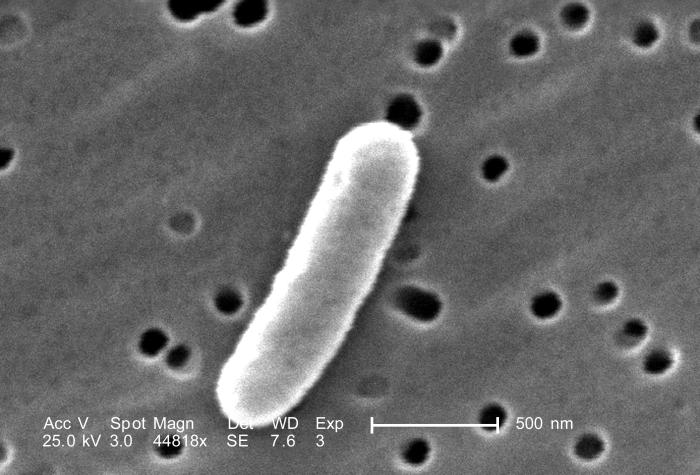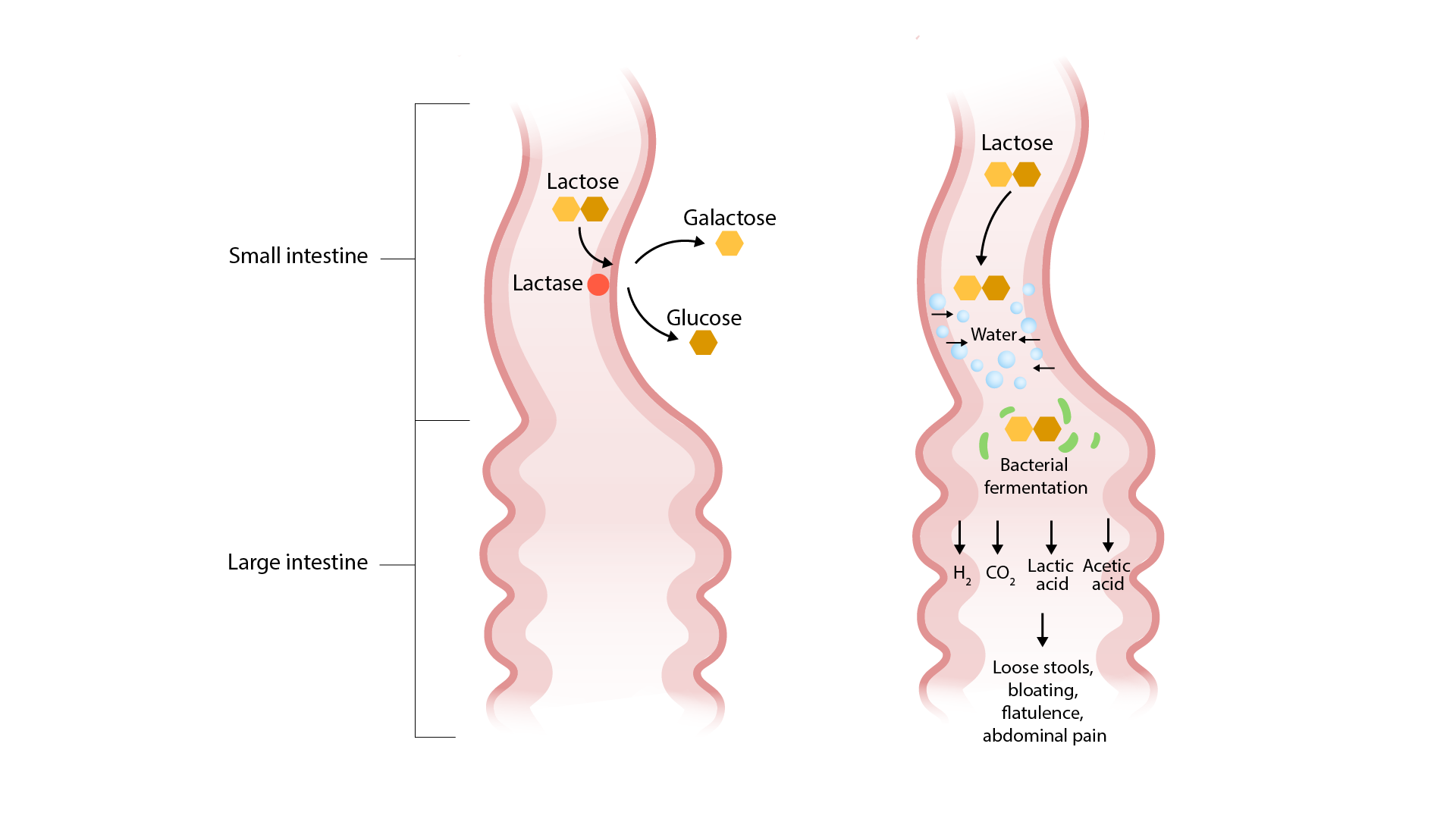Playlist
Show Playlist
Hide Playlist
Definitions: Types of Diarrhea
-
Slides Gastroenterology 02 Diarrhea.pdf
-
Reference List Gastroenterology.pdf
-
Download Lecture Overview
00:00 Welcome, today we'll talk about the approach to the patient with diarrhea. 00:05 We'll first review some definitions, identify some alarming features that you should always elicit and discuss clinical features to help you form a differential diagnosis. 00:16 So, let's first begin with the definition. 00:18 What is diarrhea? Clinically speaking, is the passage of watery or loose stools, at least 3 times in 24 hours. 00:28 We also define diarrhea based on the duration of symptoms. 00:32 So, diarrhea lasting for less than 2 weeks is considered acute diarrhea. 00:38 When it is between 14 days and less than 30 days, we call this persistent diarrhea. 00:45 Once diarrhea has lasted for longer than 30 days, we consider this chronic diarrhea. 00:51 One last important definition to know is invasive diarrhea. 00:56 This is how we describe diarrhea with visible blood or mucus in the stool. 01:01 This is important because invasive diarrhea has a limited differential diagnosis.
About the Lecture
The lecture Definitions: Types of Diarrhea by Kelley Chuang, MD is from the course Approach to Patients with GI Symptoms.
Included Quiz Questions
Which of the following is the best description of persistent diarrhea?
- Diarrhea for >14 days but <30 days.
- Diarrhea for <14 days.
- Diarrhea with visible blood or mucus.
- Diarrhea for >30 days.
- Diarrhea for <7 days.
Customer reviews
5,0 of 5 stars
| 5 Stars |
|
1 |
| 4 Stars |
|
0 |
| 3 Stars |
|
0 |
| 2 Stars |
|
0 |
| 1 Star |
|
0 |
this is the way exams and real patients occur and easy to understand how to apply the knowledge in real life and exams I recommend more of symptoms in other departments too like pediatrics gynecology and surgery





